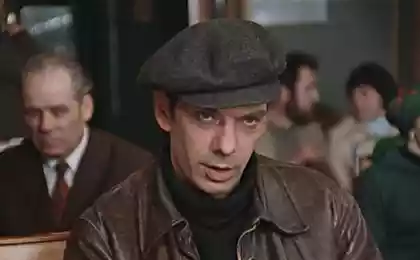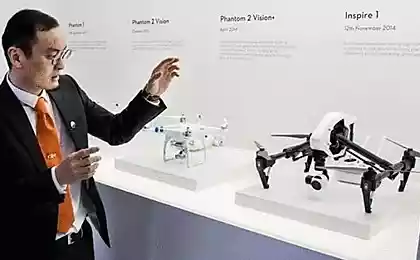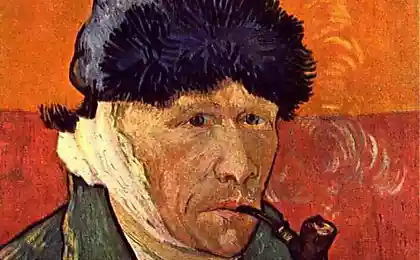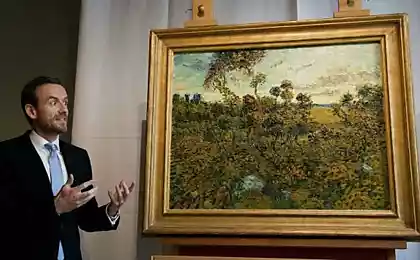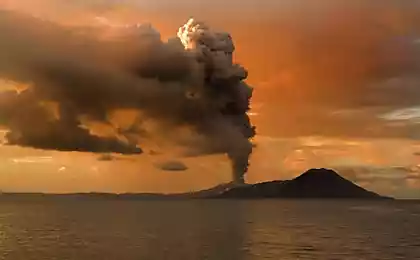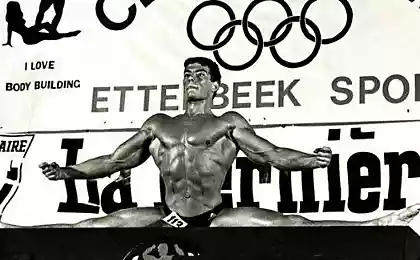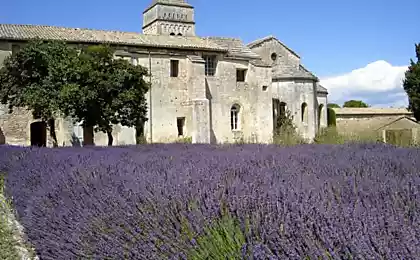701
Already 125 years, millions of people are looking at this picture of Van Gogh. But it is noticed it just now!
It turns out that Vincent van Gogh was not only a brilliant artist, but he also was not less brilliant scientist. Science and art, the seemingly contradictory concepts. But the painting as a visual art form capable of explaining complex concepts is much more accessible than Razlog and abstruse scientific theories. Make sure it myself!
In a time when Vincent Gogh in 1889 undergoing treatment in a psychiatric hospital in Arles, France, after he, in a fit of epilepsy cut off his ear, he was able to portray in one of his most famous paintings - "Starry Night" that for which many scientists from around the world are still scratching their head. Grand Master drew turbulence. That is almost impossible to pass with the help of mathematical calculations, the brilliant artist was able to apply through the arts.
What is it that such turbulence? Turbulence - a concept of hydrodynamics, consisting in the fact that by increasing the flow rate of a fluid or gas medium in the spontaneous formation of many small and large vortices or, as they are called fractal wave. It looks something like this:
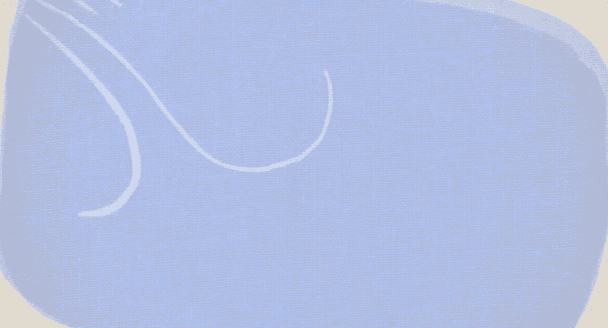
You see, it does not say, it is better one time to see than to hear 100 times. Scientists have this incredible fact about the eternal creation, which Van Gogh, while in the hospital with his ear cut off, painted over 100 years ago, failed to notice until now. In 2004, using a space telescope "Hubble", the researchers saw a vortex of dust and gas, which reminded them of "Starry Night." None of the famous Impressionist painters did not manage to beat Van Gogh in touch science and art.
Even hard to imagine how the artist more than 125 years ago, in not the best time for yourself, failed at its most famous paintings represent one of the most complex concepts in hydrodynamics. Do not say, and the brilliant minds ahead of their time. Tell us about this interesting fact lovers of art and science - they will be amazed!
www.youtube.com/watch?v=PMerSm2ToFY
In a time when Vincent Gogh in 1889 undergoing treatment in a psychiatric hospital in Arles, France, after he, in a fit of epilepsy cut off his ear, he was able to portray in one of his most famous paintings - "Starry Night" that for which many scientists from around the world are still scratching their head. Grand Master drew turbulence. That is almost impossible to pass with the help of mathematical calculations, the brilliant artist was able to apply through the arts.
What is it that such turbulence? Turbulence - a concept of hydrodynamics, consisting in the fact that by increasing the flow rate of a fluid or gas medium in the spontaneous formation of many small and large vortices or, as they are called fractal wave. It looks something like this:

You see, it does not say, it is better one time to see than to hear 100 times. Scientists have this incredible fact about the eternal creation, which Van Gogh, while in the hospital with his ear cut off, painted over 100 years ago, failed to notice until now. In 2004, using a space telescope "Hubble", the researchers saw a vortex of dust and gas, which reminded them of "Starry Night." None of the famous Impressionist painters did not manage to beat Van Gogh in touch science and art.
Even hard to imagine how the artist more than 125 years ago, in not the best time for yourself, failed at its most famous paintings represent one of the most complex concepts in hydrodynamics. Do not say, and the brilliant minds ahead of their time. Tell us about this interesting fact lovers of art and science - they will be amazed!
www.youtube.com/watch?v=PMerSm2ToFY
20 young masters of disguise. There may be sent on reconnaissance - the enemy will not notice!
This rare bird is doomed to loneliness ... The reason for this was the amazing trick of nature.
